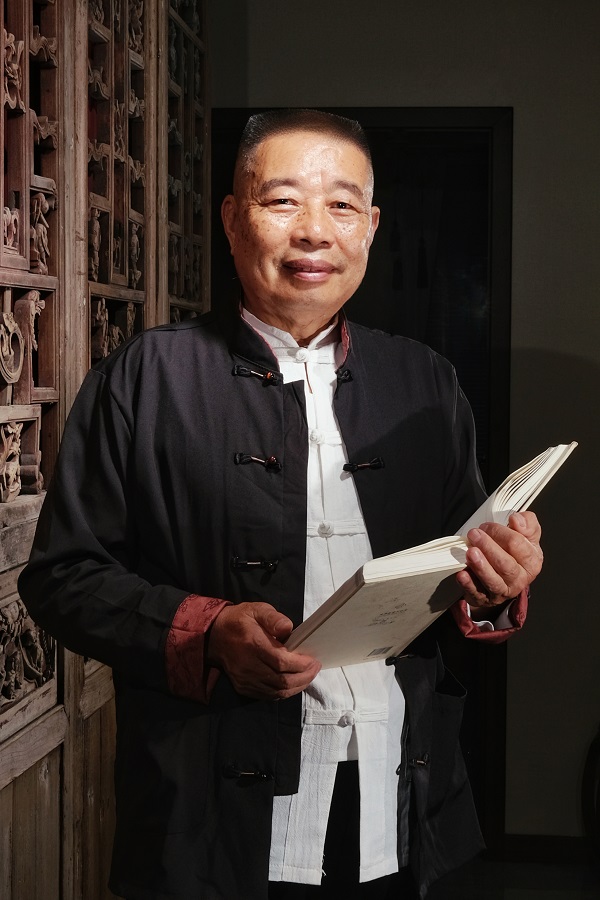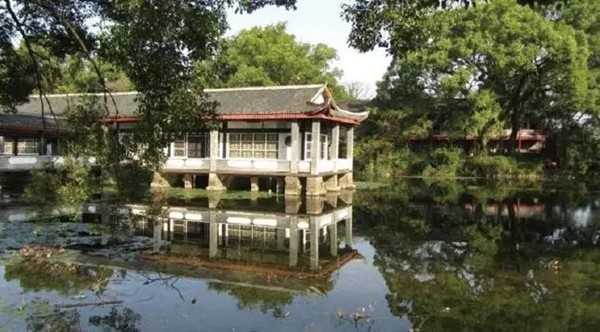
 Media Center
Media Center
Zhou Kaibao, a veteran archaeologist and president of the Guilin Ancient Architecture Society, has spent decades unearthing and safeguarding architectural gems in Guilin's karst landscape. His work reveals a hidden Guilin where ancient structures tell stories of cultural fusion.

Zhou Kaibao. [Photo provided to guangxi.chinadaily.com.cn/guilin]
Graduating from Peking University's School of Archaeology and Museology in the late 1970s, Zhou trained under legendary scholars such as Yan Wenming and Su Bai. During a cultural relic survey, he was struck by the unexpected beauty of Guilin's ancient dwellings, sparking a lifelong passion for studying and preserving its historic architecture.
For 30 years, Zhou has traversed Guilin's 12 counties and five districts, documenting over 100 ancient structures. His findings include the Langzi Ancient Dwelling Cluster, a well-preserved complex where three generations of craftsmen constructed a hierarchical layout that reflects Confucian etiquette. His measurements and sketches of the Yanshan Villa, a late Qing Dynasty (1644-1911) garden that blends Suzhou-style pavilions with Lingnan craftsmanship, have become vital for its restoration.

The waterside pavilion and embroidery building in Yanshan Garden stand as cultural relics. [Photo/WeChat account: gxczjs]
Facing threats from urbanization and unregulated development, Zhou advocates for the adaptive reuse of existing structures. In the "Two Rivers and Four Lakes" project, he led the restoration of the Song Dynasty (960-1279) East Gate City Wall, integrating it into the scenic area while maintaining its original appearance.
In Chongshan village, he proposes transforming the ancestral home of Qing Dynasty painter Li Xiyuan into a cultural park for Guilin landscape painting, exemplifying how heritage can drive sustainable tourism.
As a folk expert, Zhou has trained apprentices and collaborated with universities to pass on his architectural drawing skills. He has scanned over 400 digitized blueprints with his own salary of nearly 10,000 yuan ($1,393), preserving details like the fire-resistant brickwork unique to Guilin's karst geology.
"Culture cannot be recreated, nor can history," he notes at the Yueling Ancient Dwellings in Guanyang county, where northern courtyard layouts meet southern drainage systems. With government support for traditional village preservation, Zhou's work exemplifies China's commitment to balancing modernization with heritage protection, allowing the past to whisper through stone and wood.